Future Growth Predictions: Real Estate and Area Needs in Pakistan
Posted on: 7 October, 2024
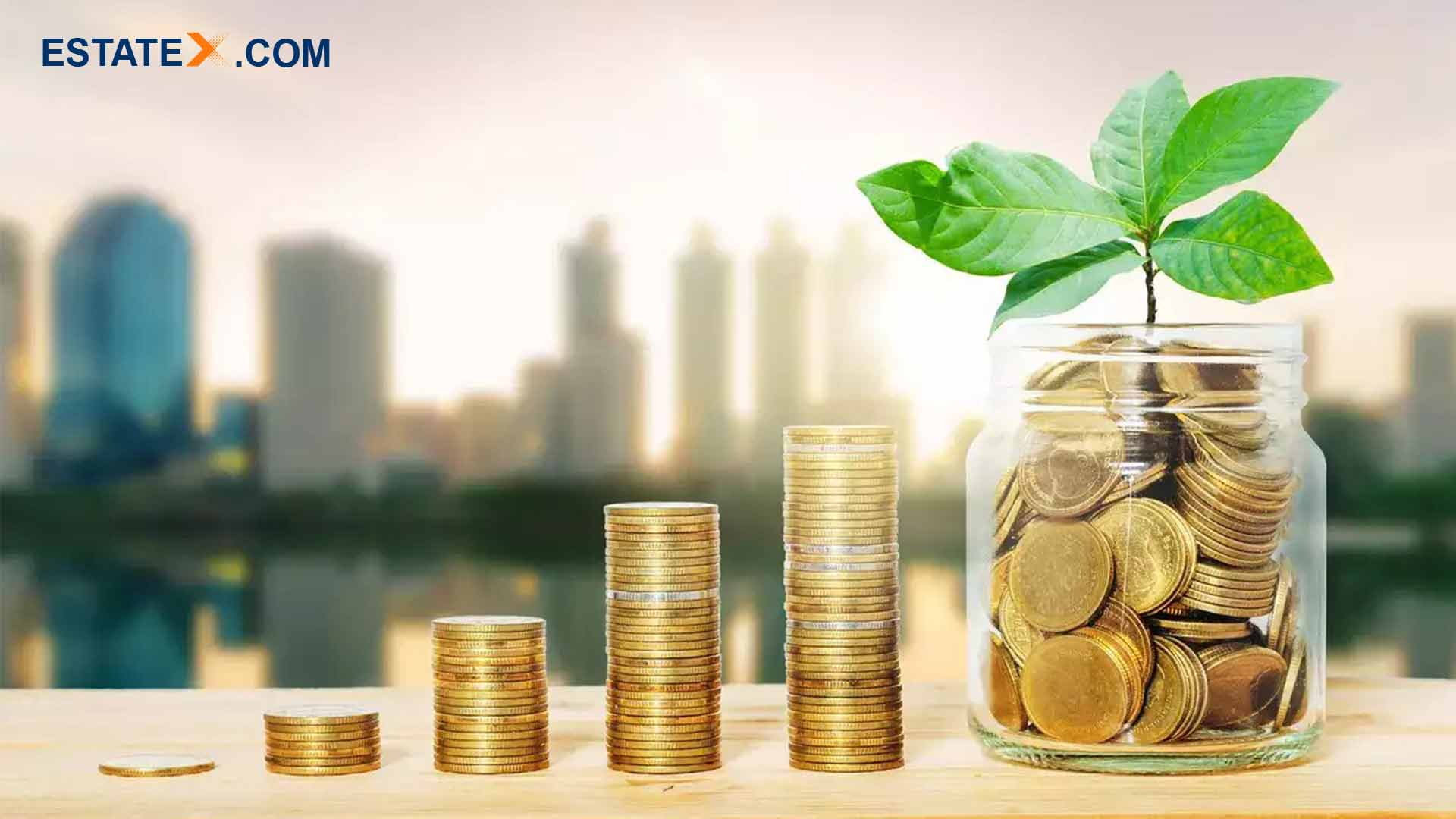
Future Growth Predictions: Real Estate and Area Needs in Pakistan
The Real Estate Department is considered the cornerstone of economic development and it offers an enormous range of employment as well as drives investment in the future. With the ever-increasing rates of urbanization, the real estate sector in Pakistan is expected to grow further. As a result of the growing population and focusing mainly on developed urban centers for instance Karachi, Lahore, and Islamabad, there is the likelihood of increased demand for housing and commercial space. Close to 60% of the existing population in Pakistan is expected to be living in urban areas by 2030 mainly because of the increase in the construction and development of residential, commercial, and mixed buildings and complexes.
Key Growth Drivers of Future Real Estate:
1. Urbanization and Housing Needs
There are higher chances of people shifting their residences from rural areas to cities hence demanding high-rise buildings and efficient use of space. There is a critical need for affordable housing today and according to today's statistics, our country is lacking at approximately 10 million residential units. Builders are projected to concentrate on compact homes such as houses between 3 to 5 marla and 2-bedroom townhouses, and residential development based on community concepts.
2. Identifying the Booming Regions
Certainly, as always Karachi, Lahore, and Islamabad are the primary centers of attraction and focal points for commercial properties but now high-growth areas are expanding into secondary cities: Other cities like Gujranwala, Sialkot, and Faisalabad are emerging as new hot spots for real estate activities both for residential as well as commercial purposes. Green spaces are emerging as sustainability-driven and Developers seek to adopt characteristics in infrastructure that are efficiently oriented and environmentally friendly to match the demand of consumers. The future of commercial property is vast.
Commercial Expansion
The future of commercial real estate is defined as the need for such facilities as corporate offices, shopping malls, and co-working offices is now emerging, especially in new cities that are outside the large metropolitan areas.
Expansion in Suburban Areas
Over time with an increase in population density, suburban areas will gain more popularity in terms of provision of affordable housing with accompanying amenities. Extending and expanding Bahria Towns and DHA and localities around the major cities provide affordable housing solutions with all the modern facilities and conveniences hence appealing to a lot of people.
Tourism Hubs and Hospitality
As the tourism sector increases, there will be a need for more vacation homes, resorts, and hospitality projects, especially in beautiful regions in the north such as Murree, Swat, and Gwadar have experienced the most appeal given the demand from tourism and hotel industry for getaway homes or resorts.
3. Government policies and initiatives
The government’s act in providing attractive policies like tax incentives, and the Prime Minister’s Construction Package have contributed to real estate. Thus, the further development of policies and other necessary infrastructures will be slotted to be the major determinant of future growth. Infrastructural activities such as the China-Pakistan Economic Corridor will increase connectivity and provide new opportunities for investment in real estate.
4. Future Trends and Developments in the Real Estate Pakistan
Several trends are shaping the future of the real estate industry in Pakistan:
Technology Roles in Smart Cities
Real estate is no exception to the impact of this innovative technology such as virtual tours and online listing. The use of IoT and tech-based modern-day city infrastructure solutions are splendid and are booming due to the increasing need for people to lead modern infrastructure-based life in cities.
Urban Enclave and many more are examples of how smart cities that are based and have integrated IoT and other smart technologies are setting the heights for smart houses in the modern world.
Sustainability and Green Living
Sustainability and environmental conservation or consciousness are slowly becoming a major aspect of the construction market due to the increasing demand for efficient energy consumption in homes. More and more developers are now moving towards sustainable housing through the integration of green materials, facilitated by solar power, together with green designs. Communal-use, mixed suburban housing catering to the nature-oriented lifestyle will become fashionable as people embrace health-conscious and increased interaction with the natural environment.
Affordable Housing
This is because the middle class is on the rise and people have more disposable income to invest in homes that more resemble the basic spaces they need. Houses of 3 to 5 marla and two-bedroom townhouses are required which are compound and promote community-based living encompassing the middle-income buyers.
Co-working Spaces
The adoption of the work-from-home model has made it necessary for companies to seek flexible working space. Currently, co-working spaces are distinct niches that involve freelancers, startups, and small businesses.
5. Challenges and Opportunities
Challenges
- Affordable Housing:
The major challenge that persists is how to meet the demand for affordable housing by increasing the supply.
- Regulatory Issues:
Procedures and lack of clear land ownership became problems for developers and buyers.
- Environmental Impact:
Urbanization is rising and this is exerting pressure on natural resources hence the need for more sustainable ways of carrying out activities.
Opportunities
- Technological Innovation:
The application of the Internet for property listing, virtual property tours, and integrated building systems can enhance the process of acquisition, sales, and property management.
- Investment in Smaller Cities:
Here, developers are in a position to be able to gain from the expansion of secondary cities and suburbs and bring forth affordable housing and business districts.
- Green Building:
An increasing consciousness about climate change among consumers has impacted their demand for environment-friendly constructions hence embracing green constructions.
6. Developers Like Urban Enclave(Live Green, Live Smart)
Urban Enclave, exclusively powered by EstateX plays a crucial role in shaping smart living within the community system. Certainly, Urban Enclave is the epitome of convenience, comfort, and luxury.
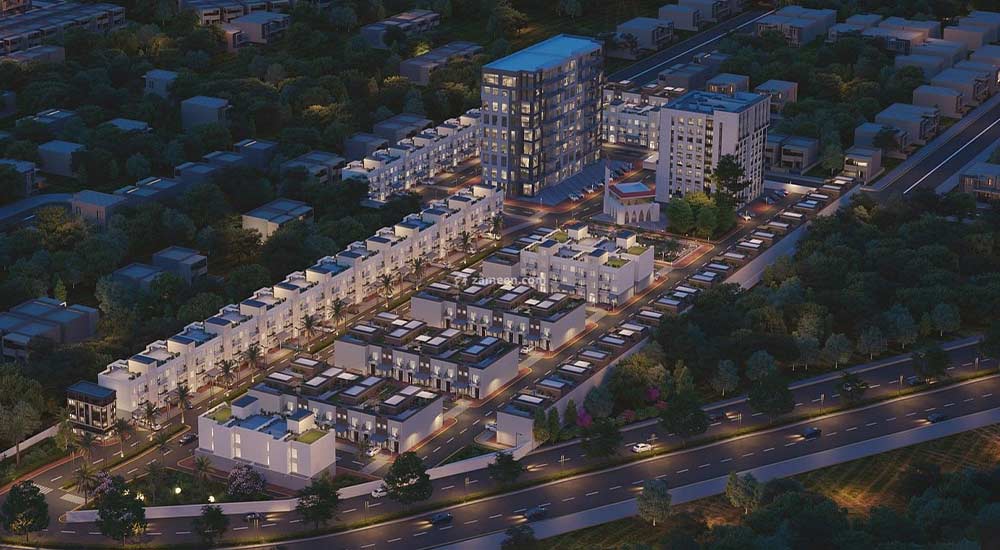
Its Unique Facts and Features
- Strategic Location
- 24/7 CCTV Security
- Smart Living
- Secure gated Community
- Nearby Mosque
- Lush Green Parks
- Playgrounds for children
- Nearby Educational Institutes
- Underground Electricity
- Swimming Pool
- Gym
- Community’s Club
- Indoor Sports
In short, by providing world-class amenities, the developers of the urban enclave housing scheme contribute to the overall development of Pakistan and set high levels of Smart Living.
Conclusion
In the end, the future of the real estate market of Pakistan in 2024 is shortly going to embark on a steep upward trajectory due to the increasing trends of urbanization, globalization, and evolving customer profiles. These needs include the provision of affordable houses that can be easily acquired by the population, ensuring sustainability in the houses, and coming up with innovations that will suit the needs of the people. That is why now policies that support the industry and further modernization will inevitably lead to progress in the future of real estate investing in Pakistan.
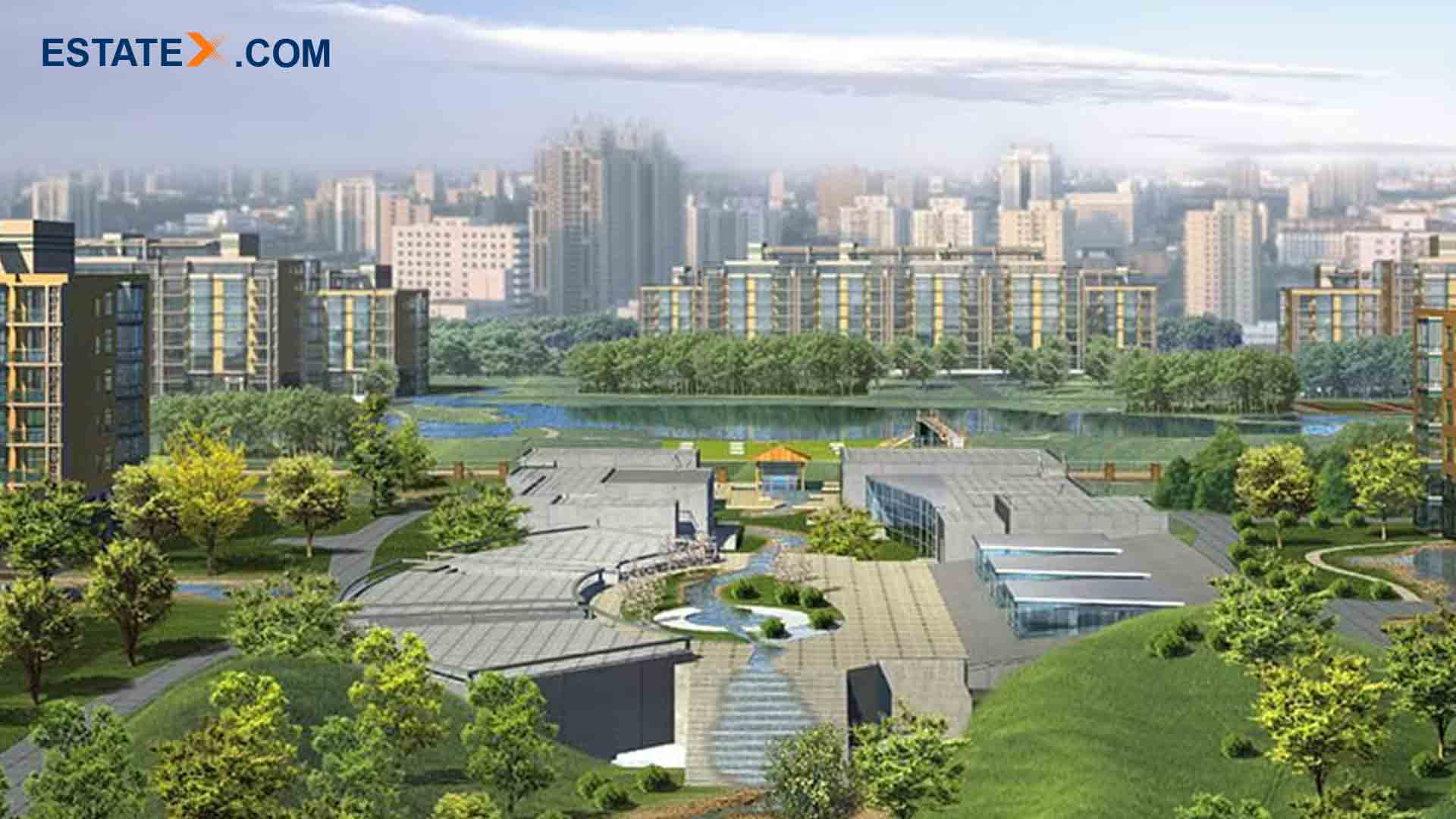
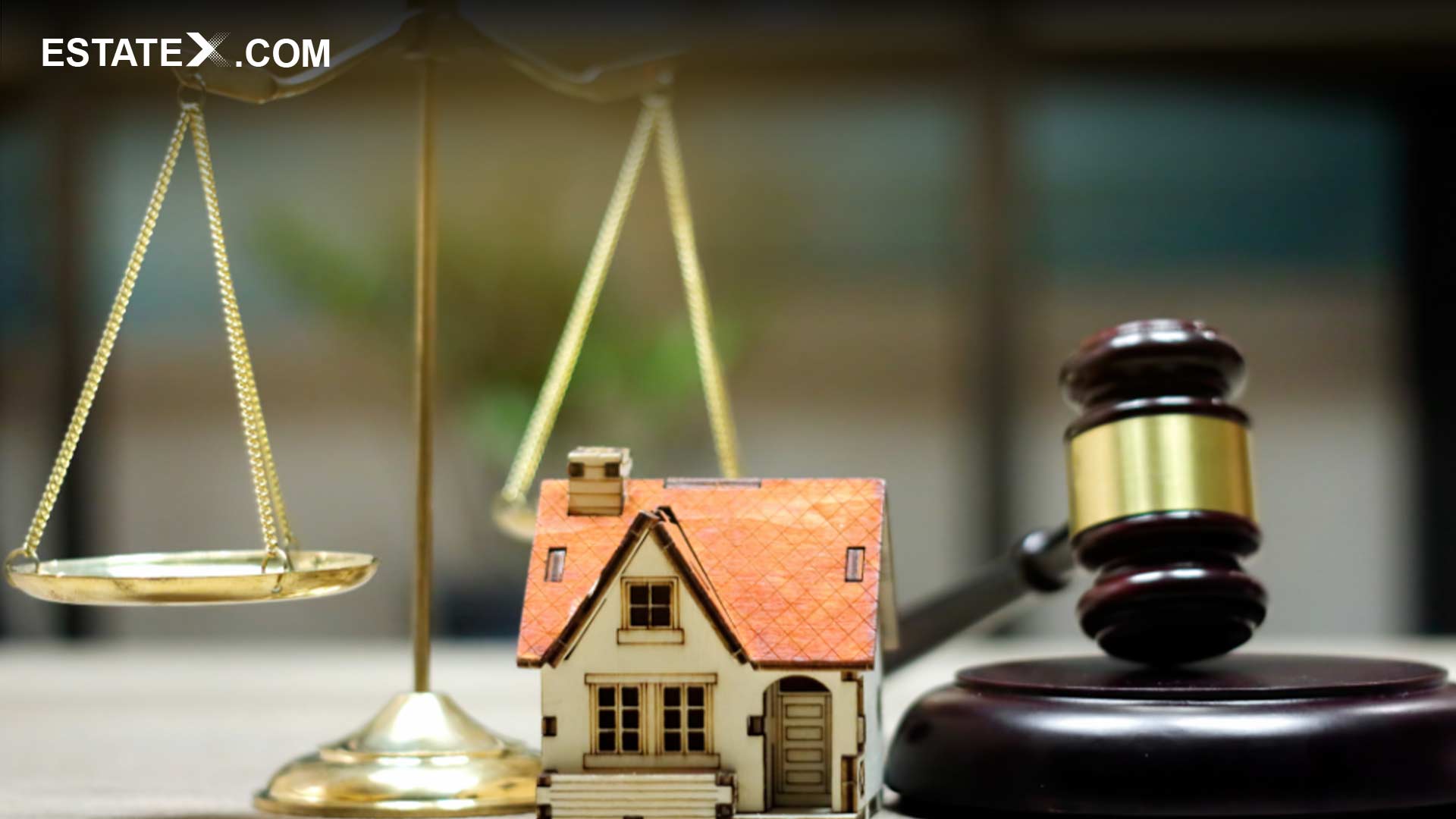
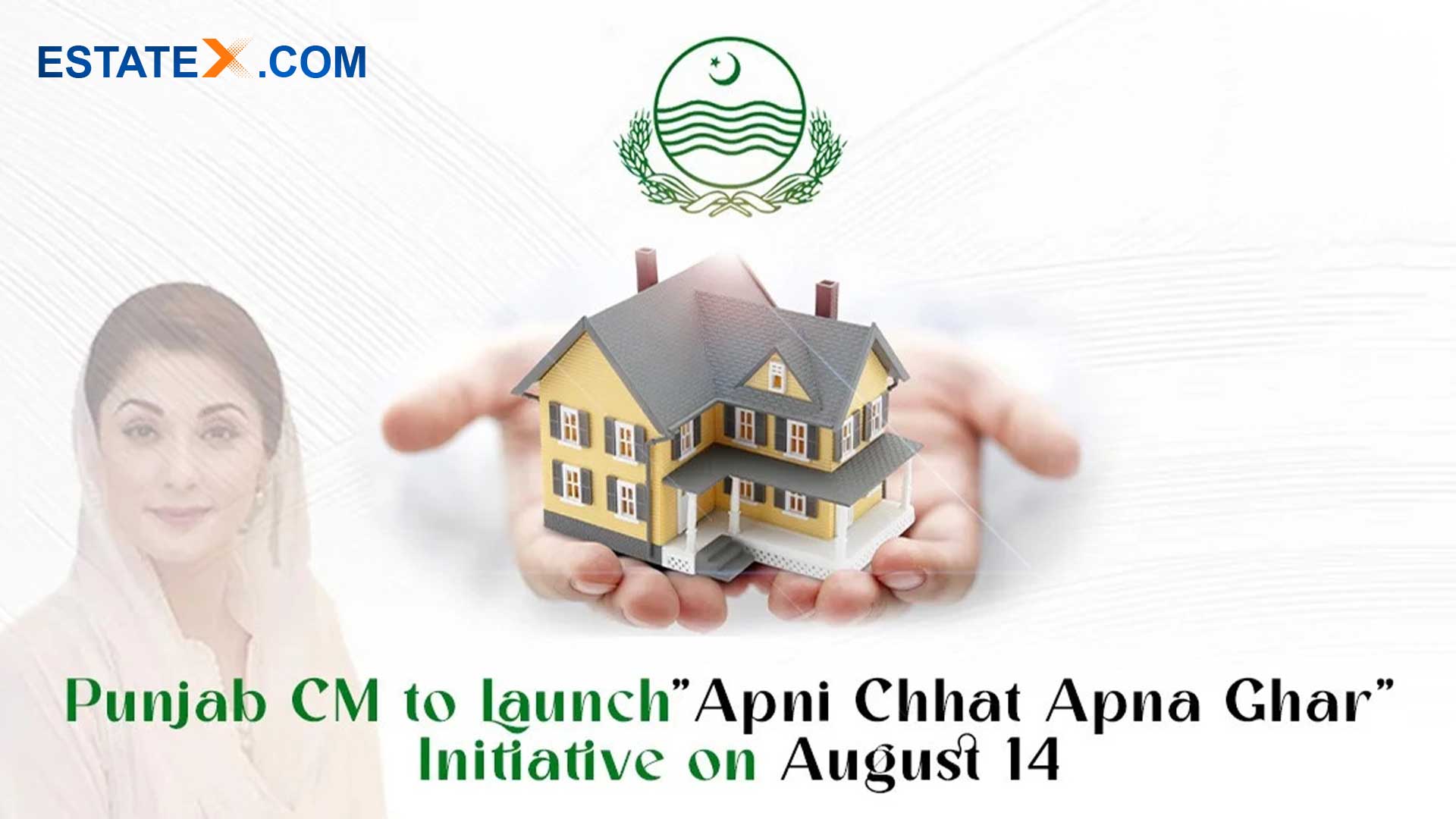
Write a Comment
Comments